Interview: Paul Chapman : Virtual Reality as a Tool to Integrate Sciences, Arts, and Technology
Virtual Reality as a Tool to Integrate Sciences, Arts, and Technology
As an expert, educator, and avid researcher in the field of virtual reality application, Dr Paul Chapman brings his insights to "HKDI inspire* Design Thinking 2019". His lecture, "Virtual Reality: Temporary Distraction or Real Opportunity?" explains and discusses the evolution of VR and future opportunities of utilising such technology. At the core of his technological and innovative endeavour, Dr Chapman still believes that empathy and establishing an understanding of end- users' needs are the keys to effective designs.
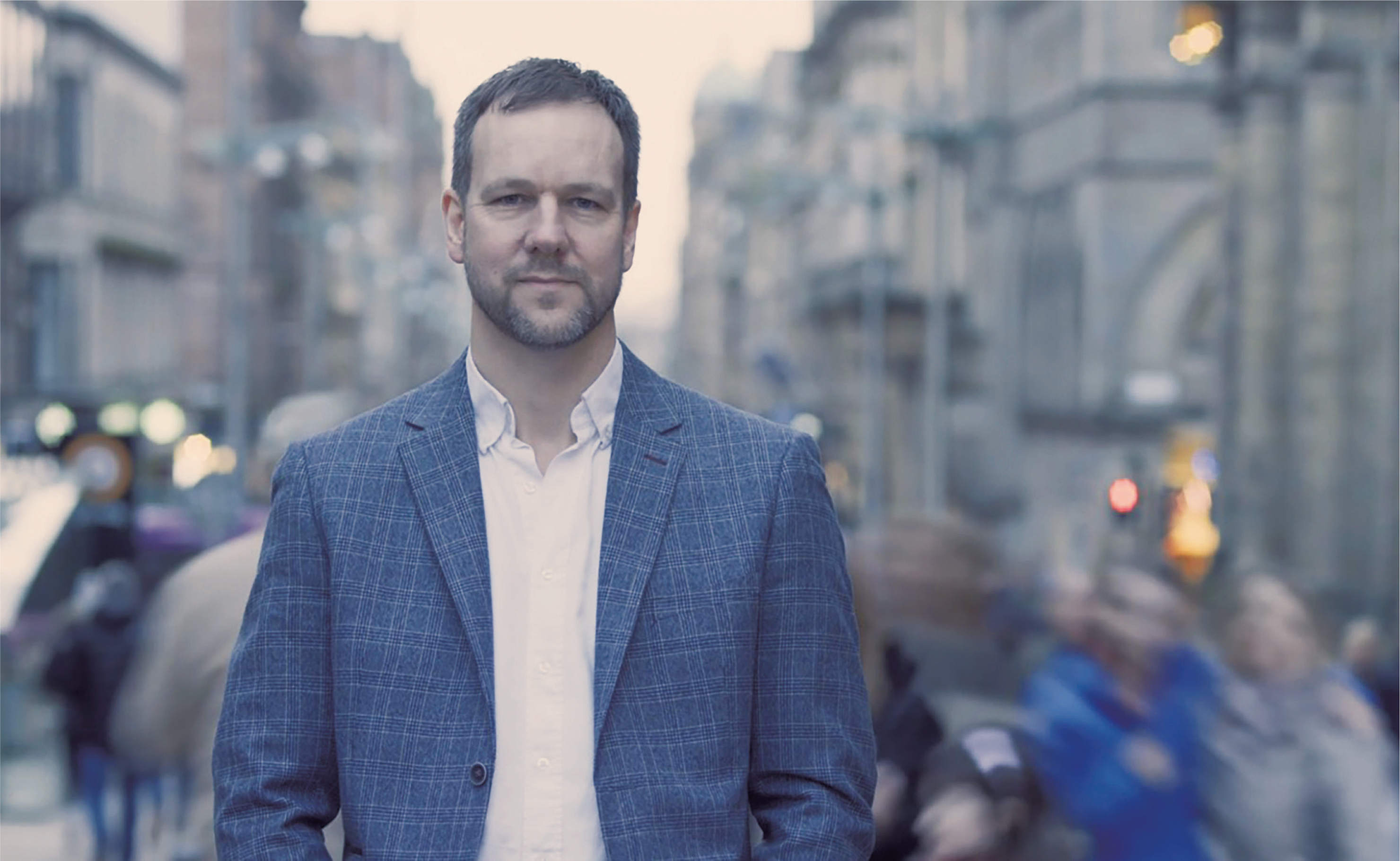
|
In the beautiful Scottish port city of Glasgow, technological innovation is as vibrant a scene as the city’s rich Victorian and Art Nouveau heritage, thanks to the School of Simulation and Visualisation of the Glasgow School of Art. Also known as SimVis, it is an undergraduate and postgraduate research and commercial centre based in the Digital Media Quarter in Glasgow. SimVis boasts state-of- the-art virtual reality, graphics and sound laboratories, providing an ideal environment for students, faculties, and researchers to explore the interface between Sciences, Technology and the Arts. Since 2009, Dr Paul Chapman has served as head of SimVis, responsible for all aspects of activities at the school including research, commercial and academic teaching. Hailing from a background in Computer Sciences, Dr Chapman is a Chartered Engineer, Chartered IT Professional and a fellow of the British Computer Society. Dedicated to the education of future generations, Dr Chapman is also an inaugural member of the Royal Society of Edinburgh’s Young Academy of Scotland, an organisation established in 2011, providing a platform for young entrepreneurs, professionals and academics to develop a coherent and influential voice and to address the most challenging issues faced by the Scottish society and beyond. “Most of my time is spent doing management activities, but I’m lucky enough to still be able to do research and a small amount of teaching.” says Dr Chapman. |
With a passion in technology, Dr Chapman has been applying his expertise to address real-world problems in fields such as Experimental Psychology, Archaeology, Marine Visualisation, Speech Rehabilitation, and Flying Simulation. His current research interest lies in the field of Medical Visualisation using VR (virtual reality) and AR (augmented reality). Dr Chapman gained his master’s degree in Computer Graphics and Virtual Reality in 1996. While the general public became widely familiar with the idea of commercial virtual reality headsets in the 2010s, the discussion and exploration of the actual technology has been going on since the end of the last century. However, VR experienced a rough and stalled beginning, failing to reach expectations and conceptualisations. With his academic background, Dr Chapman realised that the technology for VR development was growing far too slowly. Decades passed, seeing how schools today are providing primary school students with VR headsets, Dr Chapman believes that virtual reality is finally no longer an emerging technology, but rather an opportunity that should and could be embraced by the public. “Children can walk around the moon or the bottom of the ocean from the comfort of their classrooms, which is significantly better than traditional methods of learning,” he comments, “VR is only going to get better and better, and with huge investments in the technology, now is the time to get involved.” |
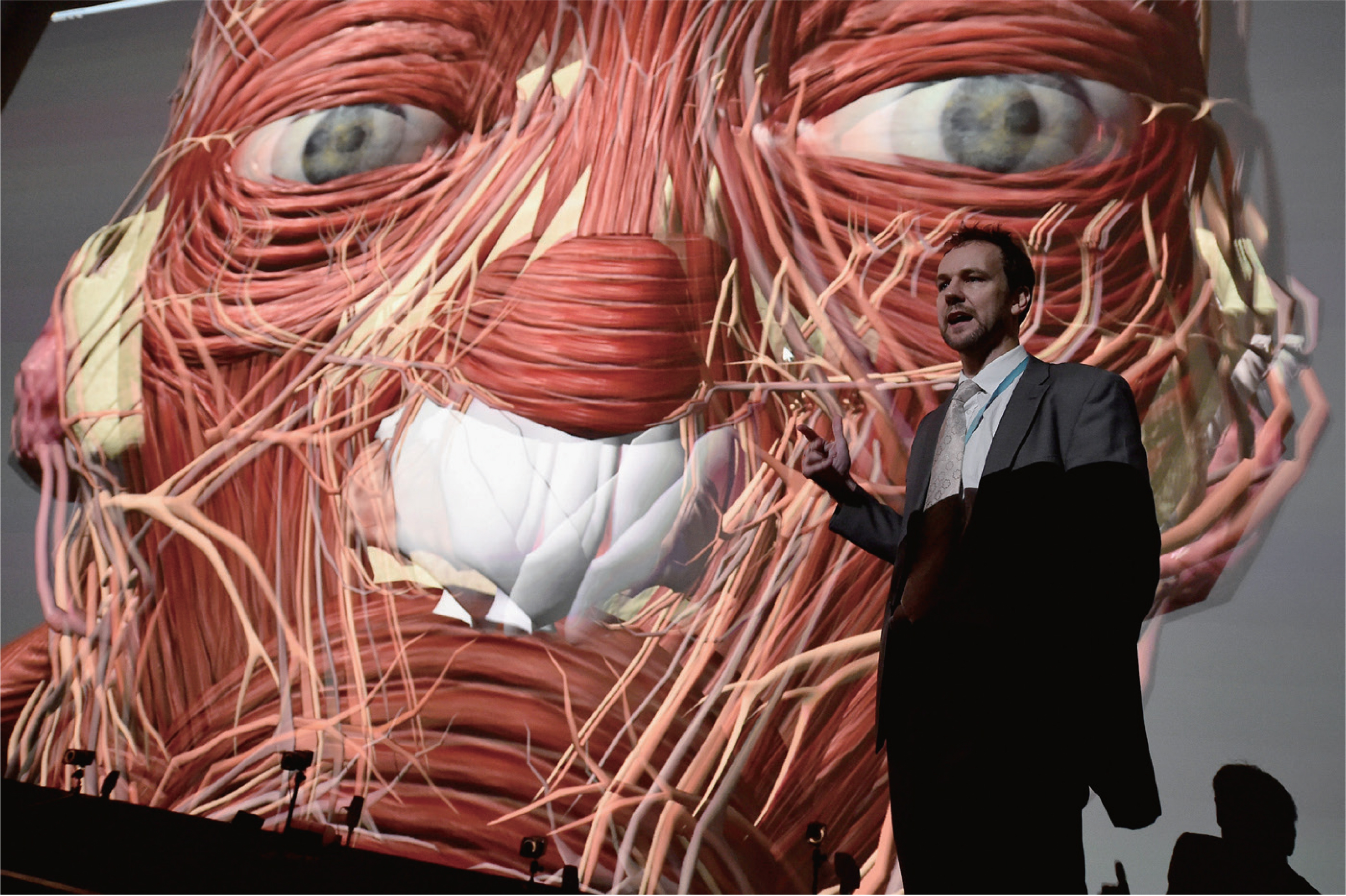
|

|
Dr Chapman recently brought his innovative concepts built on years of experience to Hong Kong, and participated in "HKDI inspire* Design Thinking 2019". At the event, he gave a lecture titled "Virtual Reality: Temporary Distraction or Real Opportunity?" Through the lecture, Dr Chapman stated and justified the notion that “previously VR was a distraction, now it’s a real opportunity.” Following the lecture, a workshop was held. Workshop: XR Case Studies revolves around virtual reality and augmented reality and their applications to various real life and hypothetical situations. XR (extended reality) has long been incorporated into projects at SimVis. The school has an interactive VR programme as well as various XR tools providing intuitive learning environments for medical students. “One example is our Definitive Human project, which is the creation of an accurate 3D model of the human body.” Dr Chapman explains, “Our goal is to revolutionise healthcare and medical learning – we think and see in 3D, so providing true 3D tools really helps us understand complex three-dimensional anatomical datasets.” |
Although verging on the innovative and technology-driven side of design, Dr Chapman firmly believes that Design Thinking has to revolve around a deep interest in developing an understanding of the end-users. He thinks empathy is crucial to design, an element allowing designers to really understand and gain insights about what users want and need. “In my work, I’ve found it imperative to get into my users’ heads and sometimes question the questions that they are asking me!” |
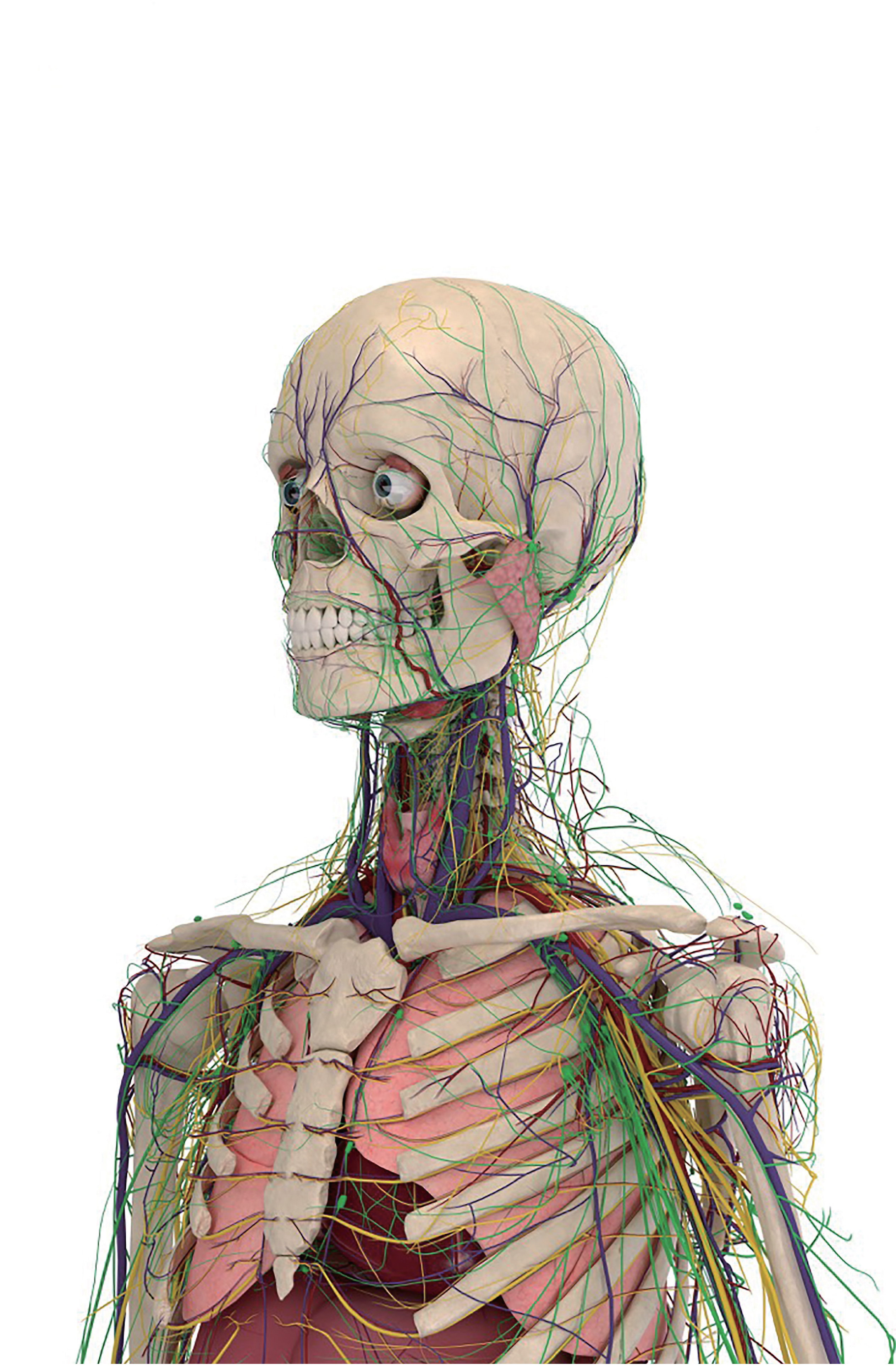
|
Others
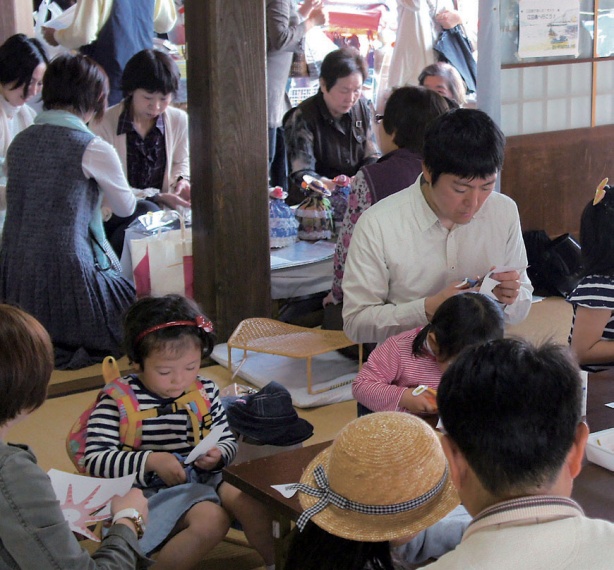
Latest News | 1 December 2019
The Future is Human-Centred Design
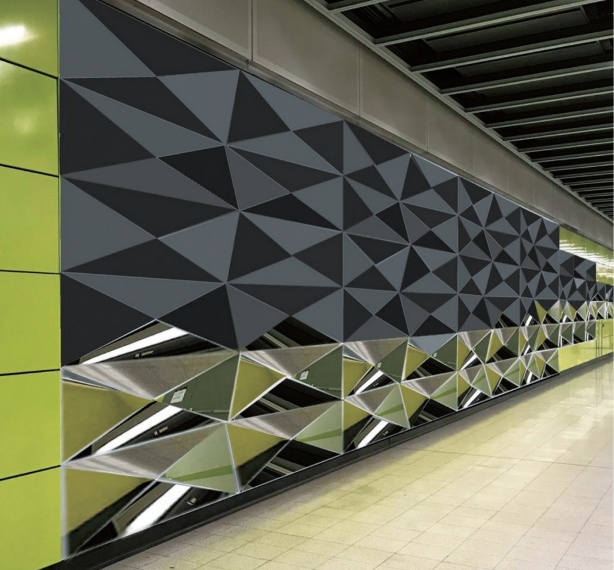
Latest News | 1 December 2019
HKDI x Art in MTR — “TKL_WE_IMAGINED” Exhibition

Latest News | 1 December 2019
Students from HKDI and MMU Joined the Global Design Camp
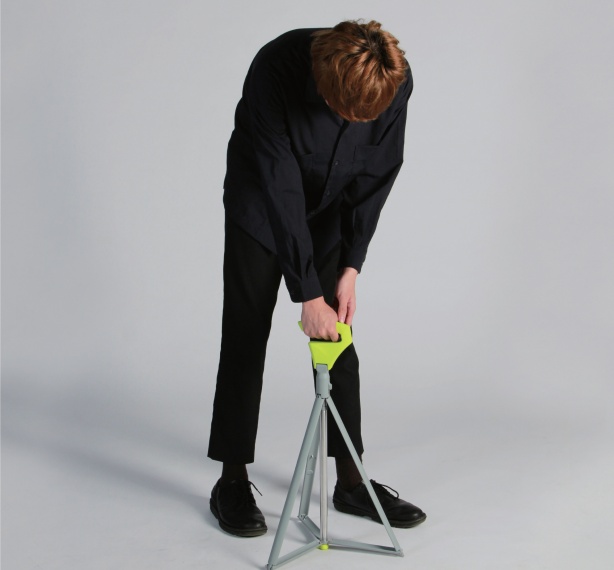
Latest News | 1 December 2019
DESIGN STUDENTS’ JOURNEY TO THE WORLD

Latest News | 1 December 2019
CREATING CITIZEN DESIGNERS

Latest News | 1 December 2019
COMMUNITY DESIGN IN JAPAN
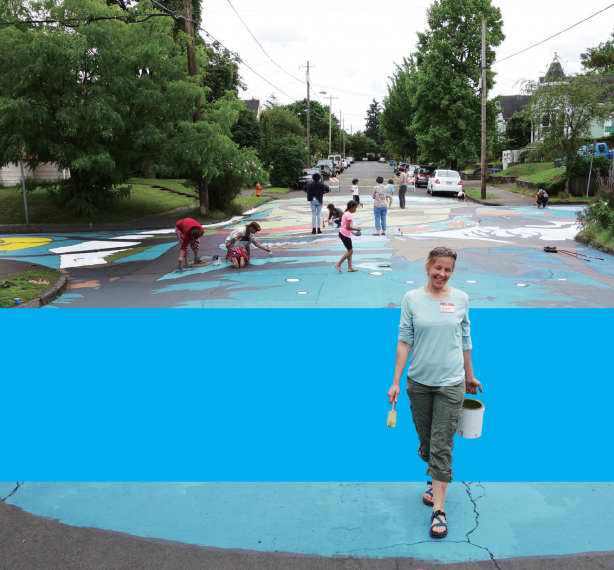
Latest News | 1 December 2019
CITY REPAIR — DESIGNING NEIGHBOURLY RELATIONS
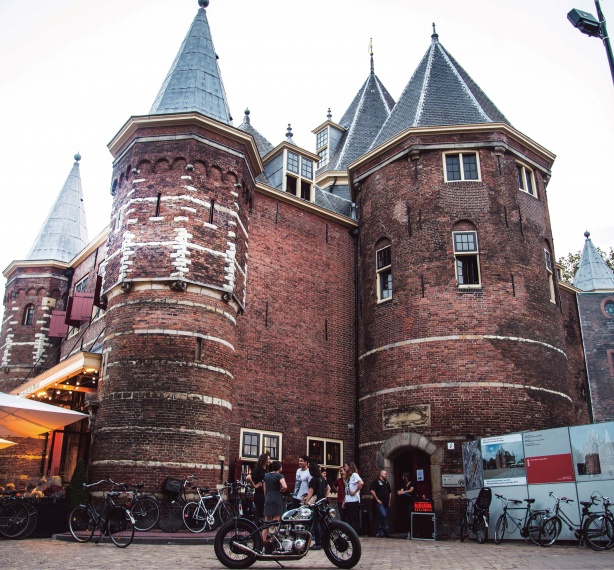
Latest News | 1 December 2019
SOCIAL DESIGN X TECHNOLOGY — THE WAAG SOCIAL TECHNOLOGY ECOSYSTEM

Latest News | 1 December 2019
SOCIAL DESIGN — CREATING POSITIVE RELATIONSHIPS

Latest News | 1 December 2019
HOW DOES DESIGN INFLUENCE THE MODERN WORLD?
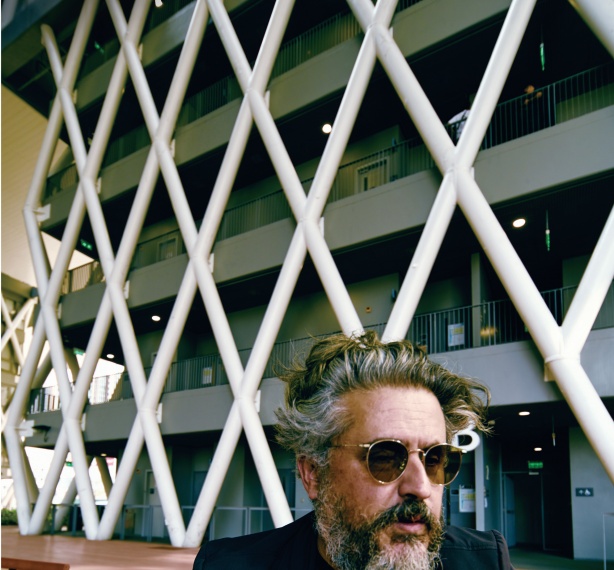
Latest News | 1 December 2019
Interview : Hernan Diaz Alonso : Embracing Multiplicity and Disorder in Today’s Architecture and design
